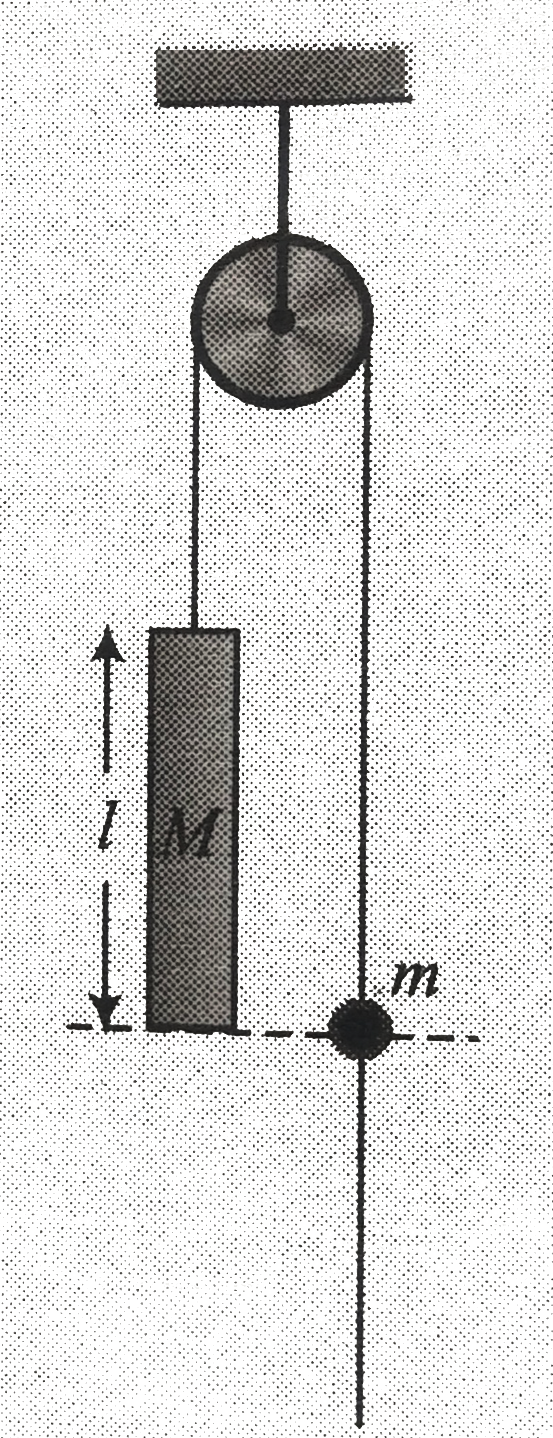Two children are at opposite ends of an aluminium rod. One strikes the end of the rod with a stone. Find the ratio of times taken by the sound wave in air and in aluminium to reach the second child.
To find the ratio of the times taken by the sound wave in air and in aluminum to reach the second child, we can follow these steps:
Step 1: Define the Variables
Let:
- d = length of the aluminum rod (distance between the two children)
- vair = speed of sound in air = 346 m/s
- valuminum = speed of sound in aluminum = 6420 m/s
Step 2: Write the Formula for Time
The time taken for sound to travel a distance is given by the formula:
Time=DistanceSpeed
Step 3: Calculate Time Taken in Aluminum
Using the formula, the time taken for sound to travel through aluminum (Taluminum) is:
Taluminum=dvaluminum=d6420
Step 4: Calculate Time Taken in Air
Similarly, the time taken for sound to travel through air (Tair) is:
Tair=dvair=d346
Step 5: Find the Ratio of Times
To find the ratio of the time taken in air to the time taken in aluminum, we can write:
Ratio=TairTaluminum=d346d6420
Step 6: Simplify the Ratio
The d cancels out in the ratio:
Ratio=6420346
Step 7: Calculate the Numerical Value
Now, we can calculate the numerical value:
Ratio=6420346≈18.55
Final Answer
Thus, the ratio of the times taken by the sound wave in air to that in aluminum is approximately:
Ratio≈18.55
---
Let:
- d = length of the aluminum rod (distance between the two children)
- vair = speed of sound in air = 346 m/s
- valuminum = speed of sound in aluminum = 6420 m/s
The time taken for sound to travel a distance is given by the formula:
Time=DistanceSpeed
Using the formula, the time taken for sound to travel through aluminum (Taluminum) is:
Taluminum=dvaluminum=d6420
Similarly, the time taken for sound to travel through air (Tair) is:
Tair=dvair=d346
To find the ratio of the time taken in air to the time taken in aluminum, we can write:
Ratio=TairTaluminum=d346d6420
The d cancels out in the ratio:
Ratio=6420346
Now, we can calculate the numerical value:
Ratio=6420346≈18.55
Thus, the ratio of the times taken by the sound wave in air to that in aluminum is approximately:
Ratio≈18.55
Topper's Solved these Questions
Similar Questions
If one sound wave has twice the pressure amplitude of the another sound in the same medium, find the ratio of the intensities of the two sounds ?
View SolutionA rod of length l slides with its ends on two perpendicular lines. Find the locus of its midpoint.
View SolutionA rod of length l slides with its ends on two perpendicular lines. Find the locus of its midpoint.
View SolutionA rod of length / slides with its ends on two perpendicular lines. Find the locus of its mid-point.
View SolutionA closed orgain pipe of length l0 is resonating in 5th harmonic mode with rod clamped at two points l and 3l from one end. If the length of the rod is 4l and it is vibrating in first overtone. Find the length of the rod. [Velocity of sound in air =vs Young's modulus for the rod Y and density ρ]

View SolutionA closed orgain pipe of length l0 is resonating in 5th harmonic mode with rod clamped at two points l and 3l from one end. If the length of the rod is 4l and it is vibrating in first overtone. Find the length of the rod. [Velocity of sound in air =vs Young's modulus for the rod Y and density ρ]

View SolutionTwo sounds are heard at the end of an iron rod 5 km long at an interval of 14 seconds, when a source of sound is placed at the other end of the rod. The velocity of sound in air is 330 m/s. the velocity of sound in iron is aproximately
View SolutionThe ends of a rod of length l move on two mutually perpendicular lines. Find the locus of the point on the rod which divides it in the ratio 1 : 2.
View SolutionIn the arrangement shown in fig., mass of the rod M exceeds the mass m of the ball. The ball has an opening permitting it to slide along the thread with some friction. The mass of the pulley and the friction in its axle are negligible. At the initial moment, the ball was located opposite the lower end of the rod. When set free, both bodies began moving with constant accelerations. Find the friction force between the ball and the thread if t seconds after the beginning of motion, the ball got opposite to the upper end of the rod. The rod length equals l.

View SolutionA thin rod of length L and mass M is held vertically with one end on the floor and is allowed to fall. Find the velocity of the other end when it hits the floor, assuming that the end on the floor does not slip?
View Solution
